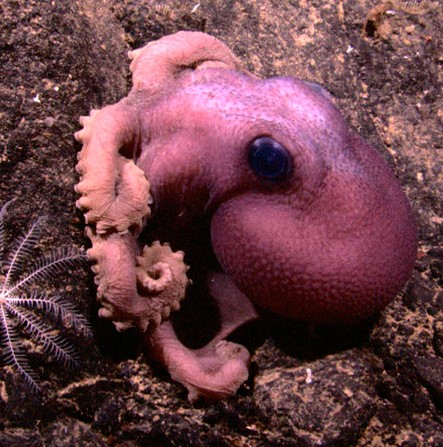So it’s Big Parma after all. They were so close
Les vaches causent l’autism confirmé ! And microchip implants too, they were right all along.
DRM cheese
Please eat the verification cheese
Nonfungible cheese
Sure. chips in cheese. Good thing there’s no global shortage on chips right?
–edit should have read the article before ccommenting. sorry. edit–
It’s literally an NFC sticker on the outside of the cheese. I don’t know why this is even news. It’s literally a super common thing to track inventory…
So wait, the news is “to combat counterfeiting, we will begin labelling our products”?
Its just a NFC chip, they aren’t exactly short.
The article doesn’t actually mention that is just NFC/RFID, although that would obviously make the most sense.
Hm yes, rfid shortages.
(Did not/should have) read the article
DIGITAL CHEESE
How does a microchip help when apparently the name “Parmigiano Reggiano” isn’t protected in the US? The article doesn’t seem to differentiate between actual counterfeit that claims to be from the region vs. cheese that is made in the US and sold as made in the US. The chips would only help against the second kind. Also, the article claims that parmesan is one of the oldest cheeses of humankind even though it is less than a thousand years old while people have made cheese since the stone age. Personally, I don’t really see a reason, that people in the US should only be able to call parmesan from Italy parmesan if most parmesan sold there is already made in the US. I don’t think it really matters where the cheese is produced and it doesn’t really make sense, to transport it over the ocean when it can be produced locally.
Parmigiano Reggiano
Producers estimate that global sales of counterfeit cheese amount to around $1.73 billion (€1.6 billion) annually.
In the United States alone, the production of imitation Italian cheeses reached an astonishing 5.7 billion pounds (2.6 billion kilos) in 2021, according to Coldiretti.
Oh, for Chrissake. It’s not a counterfeit. “Parmesan and Reggiano” is a genericized identifier in the US. Everyone in the US knows that they’re buying a variety of cheese, not a cheese from Italy. If you want something from Italy, you look on the label for a “product of Italy”.
Saying that this is a counterfeit is roughly equivalent to me saying that the EU produces counterfeit Wendy’s food because Wendy’s-the-hamburger-company doesn’t own the Wendy’s trademark in the EU. Nobody in the Netherlands going to Wendy’s is expecting that they’re getting something from Wendy’s-the-hamburger-chain.
This is a cultural thing, in Europe we take these kind of things much more seriously. We take pride in our regional products and they’re protected by law. It’s not tied to a company like in your example, that we care much less about, it’s more a matter of national or regional identity.
But this logic goes even further. For example, in my home country you can’t label almond milk as “almond milk” since it’s not actually milk but a plant product.
deleted by creator
We don’t have Wendy’s in here
https://www.thrillist.com/travel/nation/wendys-locations-europe-netherlands-goes-restaurant
Frikandel Speciaal, Bitterballen, and something called “smulrol” are a few favorites on the menu at Wendy’s in the Dutch city of Goes. There are no 4 for 4€ deals, no Baconators or Son of Baconators, no Frostys to dip your fries. There’s not even an adorable, freckle-faced mascot. Instead, it’s the glorious mullet of the chain-smoking man behind the counter, Albert van der Hoek.
This is what Wendy’s looks like in Europe: A hole-in-the-wall chippie run by some brute Dutch sailors with a serious case of stick-it-to-the-man-itis. It’s the reason a certain billion-dollar, red-headed American fast food chain has been kicked off the continent.
I meant more a franchised american Wendy’s, not snackbar with the same name
Unauthorized
breadcheese







